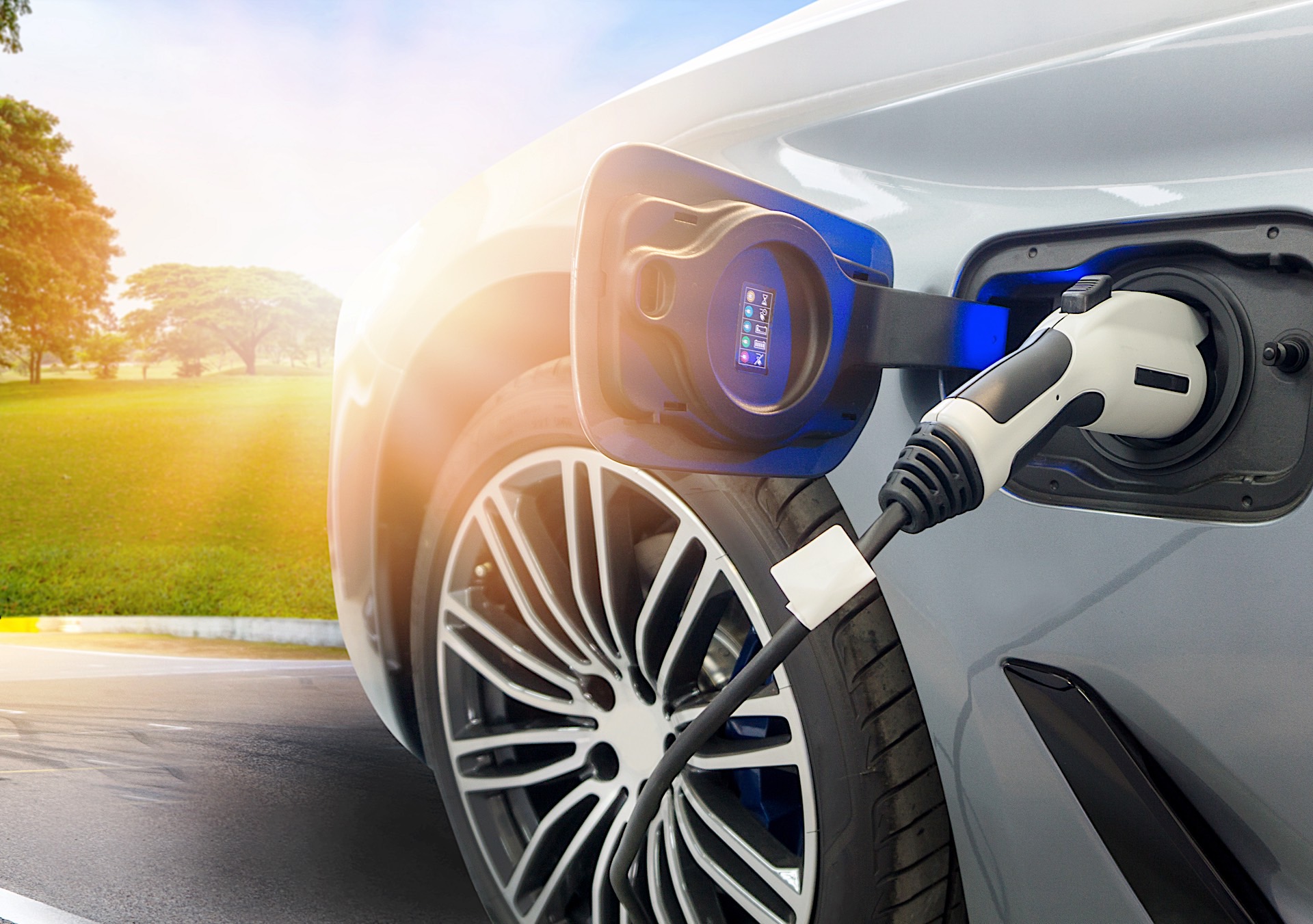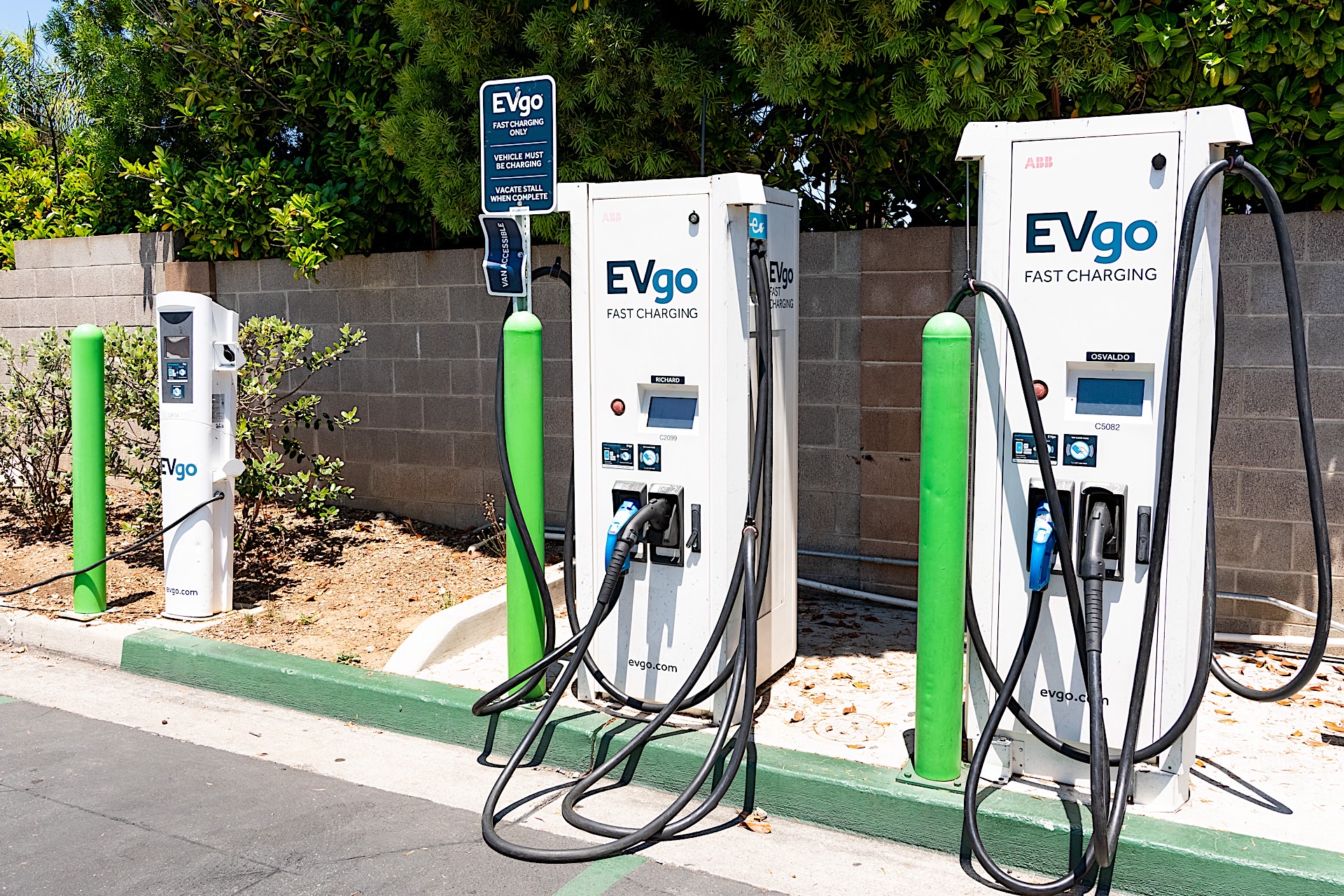You’ve fully committed to electrification. You now have an electric vehicle or EV, know where the nearest charging station is, and even have one installed at your home. It’s time to finally juice up your ride and you’re wondering how different is it from pumping gas into a car that still uses a conventional internal combustion engine. Luckily, it’s not that difficult; in fact, it may even be easier because all you need to do is plug something into the car’s charging port. To make it even simpler, here is a rundown on how to charge your electrified vehicle.
Most EVs and plug-in hybrids (PHEVs) have a charging port and a dedicated cord for you to use with a nozzle-like end that you plug into the car. Home and public chargers will also have that receptacle, meaning you don’t need to use your cords. In most cases, the charging cable that comes with your car won’t fully charge it overnight depending on the size of the battery. Anything under 13 kWh will get to 100 percent but once it’s around the 40- to 100-kWh range, it’s time to ditch that trickle charger. Unless you have another vehicle to use while the EV or PHEV sits there for over 12 hours, that is.
CHECK OUT: Should you get a Level 2 charger for your Chrysler Pacifica plug-in hybrid?
The level 2 charger is a 240-volt unit that you can get installed in your home or find in public spaces like parking structures or commercial areas. These have a built-in connector that you simply plug into your vehicle’s charging port to charge your vehicle. Most EVs and PHEVs accommodate this charger. Teslas, on the other hand, need an adapter to be able to use this charger.

If you want the quickest charge, there are level 3 chargers that offer short charging times. These come in three forms with the most common being Tesla’s supercharger network. Unlike EVs and PHEVs from Porsche, Hyundai, Kia, Ford, Nissan, and Audi, Teslas have their own special type of charger, which has a different shape and contact points for the end that you plug into the vehicle. Non-Tesla EVs and PHEVs use either a DC fast charger with a combo plug layout or a CHAdeMO setup, the latter of which is less common in North America. Like the level 2 charge, you simply plug the receptacle into your car, only this time you put it in the second larger port with different connecting points. Depending on the battery size, a level 3 will bring your battery back up to 80 percent in 30 to 45 minutes. However, once you hit that mark, these chargers will revert down to level 2 charging speeds to conserve battery life.
CHECK OUT: What is an electric vehicle?
Just like you would when you’re fueling up a gas-powered vehicle, ensure that the charger is secured in place. Even when you’re charging at home, make sure that the cord doesn’t get pulled when you have it plugged in the vehicle. The majority of EVs and PHEVs also lock the charging cord in when you lock the car as an extra safety precaution. Once you’re done charging, make sure you replace the plug on the slot in the charging station or stow the cable that came with the vehicle.

Charging an EV or PHEV is a simple task. You don’t have to get the smell of gasoline off your hands after every refuel. The best part? Charging at home. No need to stop at fuel stations on your commute. Just make sure that you still exercise care when plugging in.

